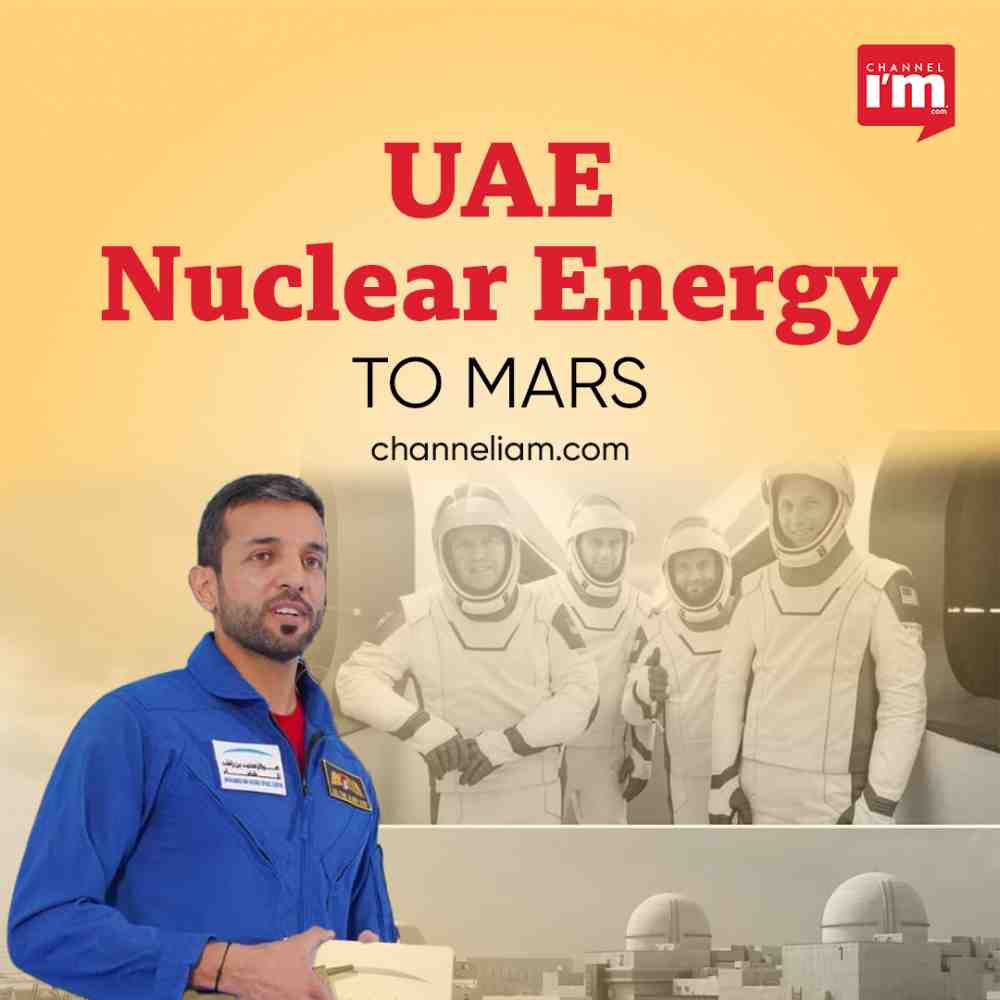Future Mars missions could be powered by nuclear energy from the UAE
Future space missions may be powered by the UAE’s developing nuclear energy programme. Nuclear energy can propel space rockets farther and for a longer period of time, and the UAE’s Barakah facility is considering the stars for potential uses in the future.
More than merely clean energy, the UAE’s peaceful nuclear energy programme has the potential to launch the country into a new era of space exploration for many years to come.
UAE space nuclear power
The late Sheikh Zayed bin Sultan Al Nahyan, who served as the UAE’s founding father, left behind a nation poised to make history.
Being the second Emirati to represent the UAE in space, Sultan Al Neyadi will spend 180 days aboard the International Space Station (ISS) with crew members from NASA and Roscosmos.

Beyond producing clean electricity, nuclear power plays an important role in space research, and the UAE Peaceful Nuclear Energy Plan will serve as a spark for the country’s period of space exploration in the next decades.
Three years after the Hope Probe, UAE Mission 2, the longest Arab space mission in history, will make a substantial contribution to humankind’s understanding of life on and beyond Earth.
Hazzaa Al Mansoori, the first Emirati astronaut, spent eight days aboard the ISS in 2019. The UAE became a global leader in space services and exploration thanks to the Mohammed Bin Rashid Space Centre in Dubai.
Although the UAE is still in its early stages of space exploration, the country has already achieved great strides, becoming the first Arab country to build and launch a Moon rover and the fifth country overall to reach Mars.
Through an effective relationship with the US Department of Energy, which supplies the power systems and fuel, NASA has flown more than 25 missions carrying a nuclear power system, with ground-breaking missions extending humanity’s reach beyond the solar system.
